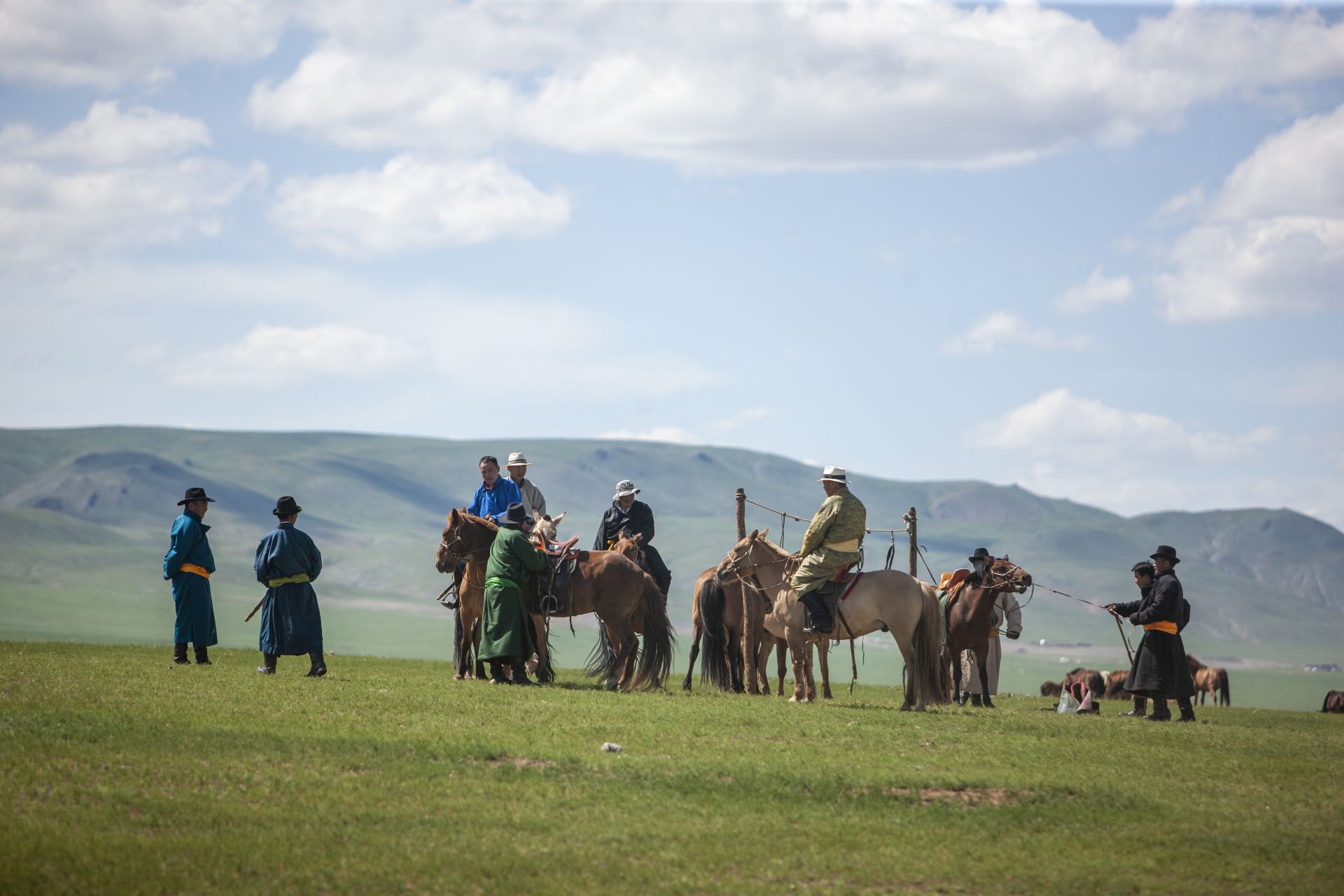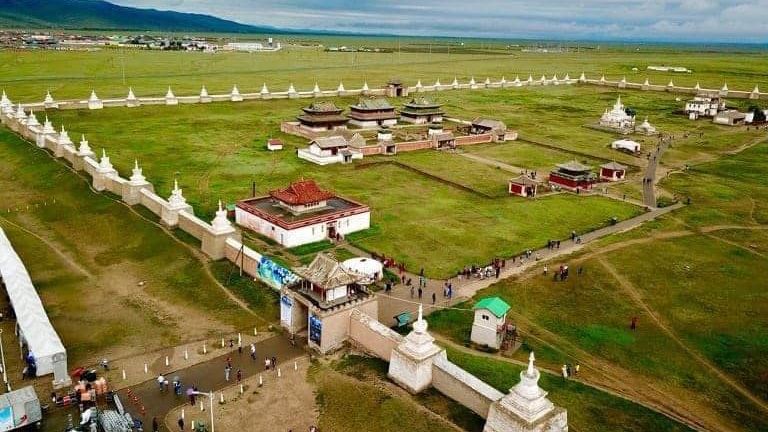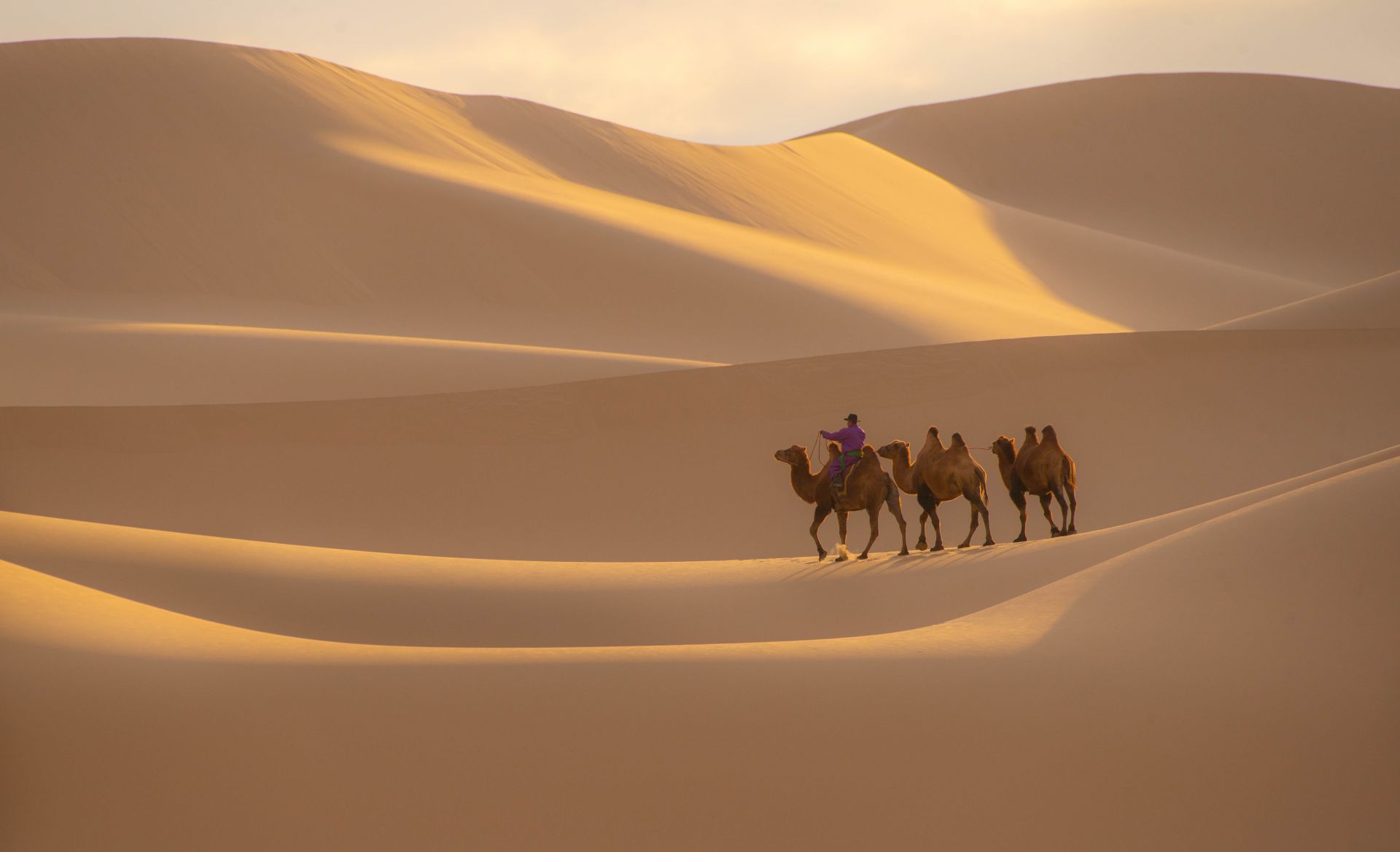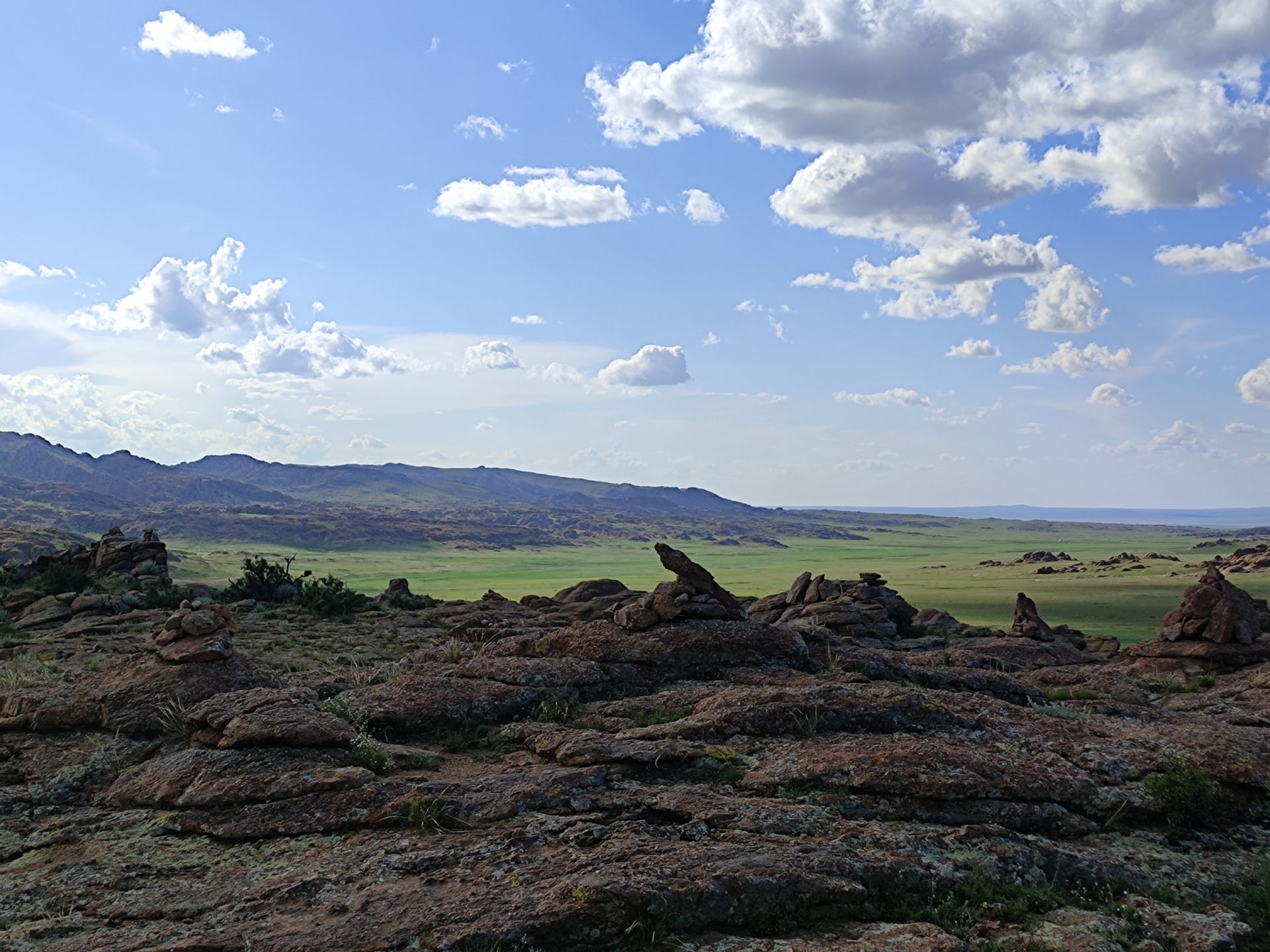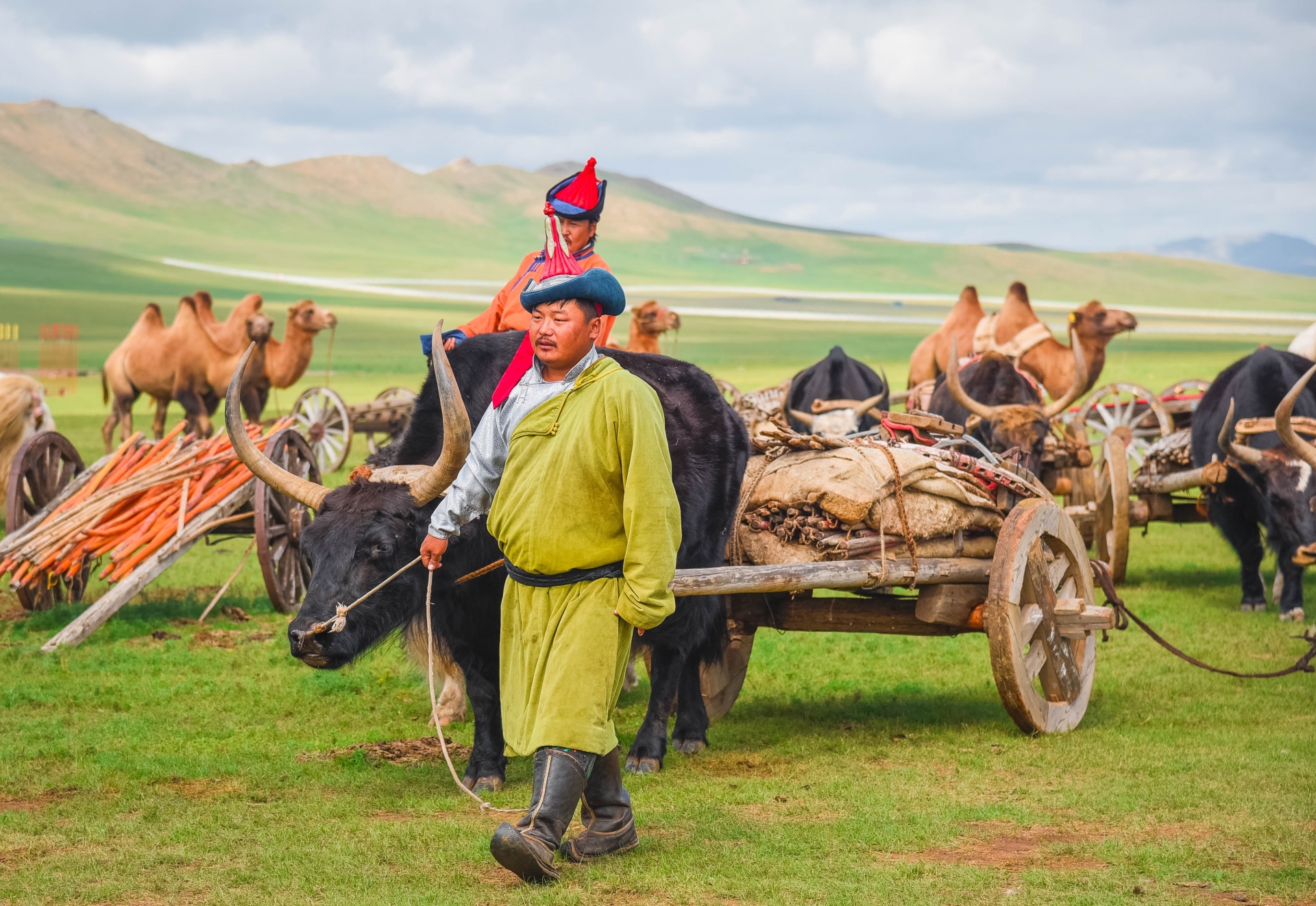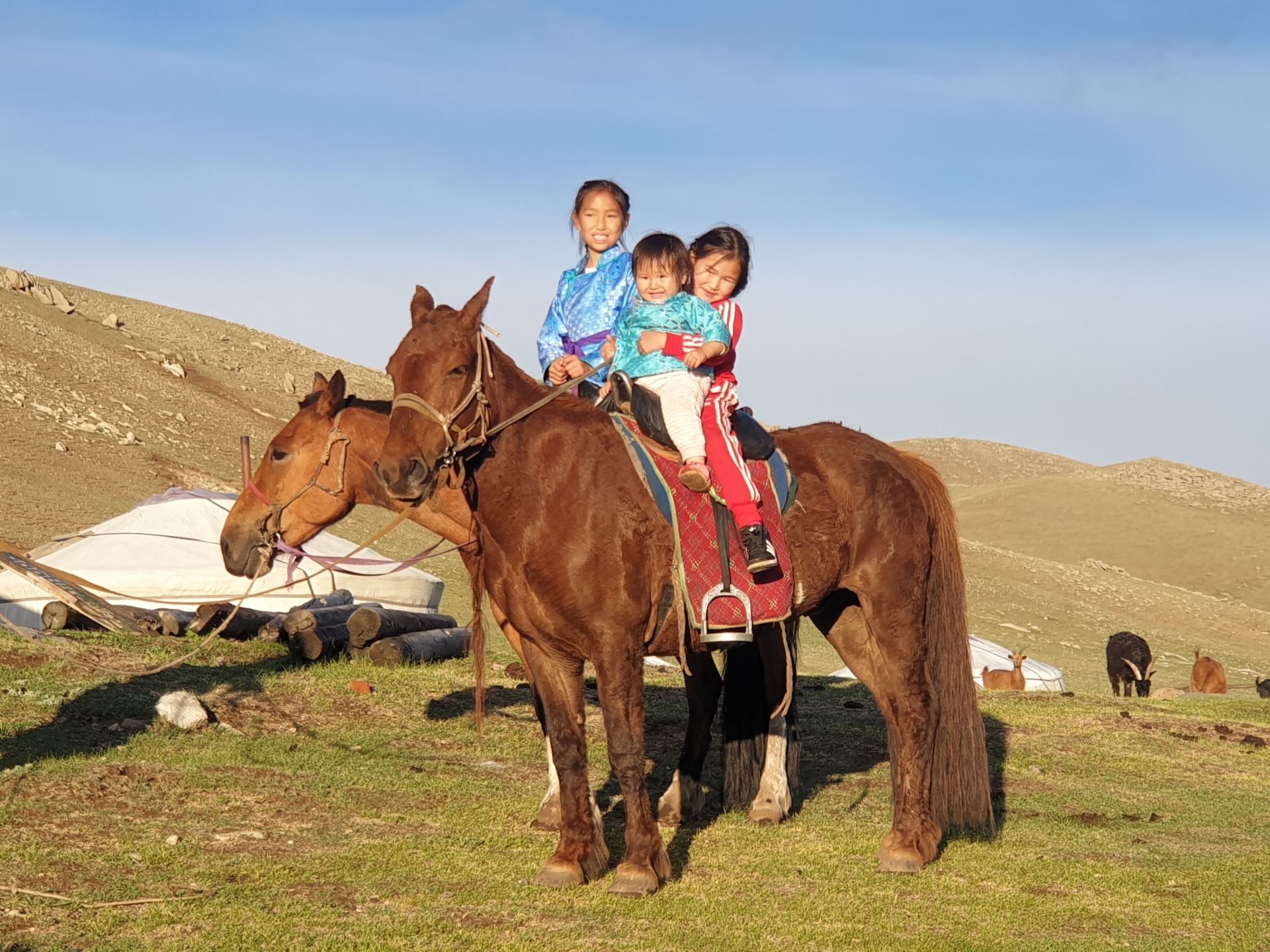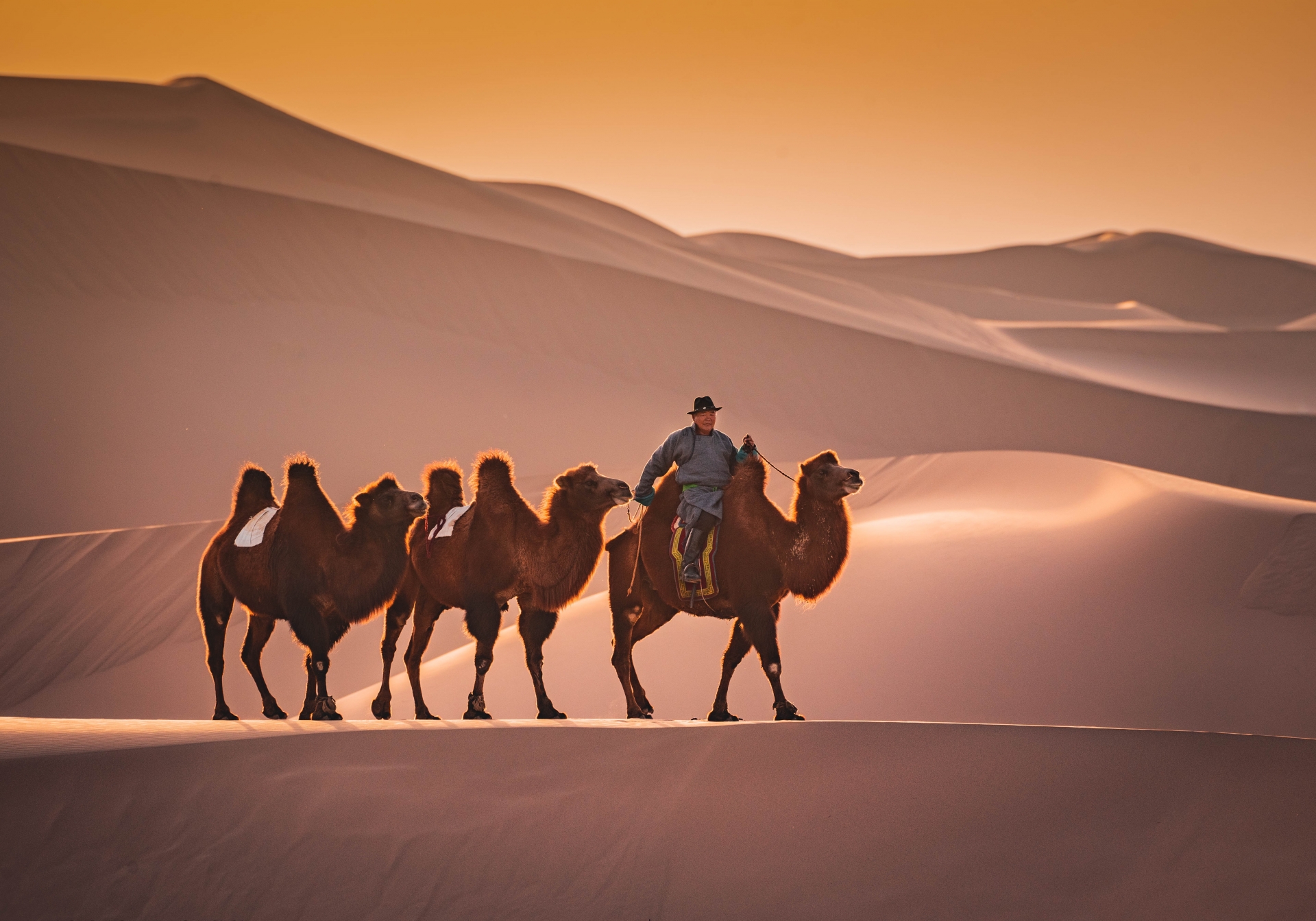Travel with us
Naadam Festival in ancient capital Karakorum

Itinerary
Arrive early morning at Chinggis Khan Airport. Our guide will pick you up with the sign "NoNa Travel Mongolia" and transfer to the hotel (approx. 60 km). Refresh yourself and get some rest. Then we can start sightseeing with the famous Gandan Monastery. Then we can start sightseeing with the famous Gandan Monastery. The monastery was founded in 1727 and was badly damaged in 1937 during the Stalinist terror in Mongolia, and several buildings were even destroyed. The complex remained closed until 1944, only then was there a conditional re-use of the temples that had been preserved. Until the end of the Mongolian People's Republic, the Gandan Monastery was the only monastery in all of Mongolia in which religious ceremonies - under the control of the secret police - were allowed to take place. But today it has become a peaceful and beloved place for Mongolians. It will always be something special.
After enjoying the first Mongolian meal, visit the newly built Chinggis Khan Museum with rich treasures and go to Sukhbaatar Square, which played a major role in the 1921 People's Revolution. The Government Palace and the statue of Genghis Khan can also be visited here. We are right in the center of the capital city. After walking, we will visit a Mongolian folk art performance with wonderful performances such as throat singing, traditional long song, and contortion. Welcome dinner.
L.D
Hotel
Today we will drive towards Gobi. Our drive goes to one of the most interesting rock formations in Mongolia called Baga Gazriin chuluu. The rocks are scattered in the middle of the grass steppe and the greatest views and valleys open up to us again and again. Very fascinating. Hiking through the rock formations and enjoying beautiful nature.
B.L.D
Drive to Tsagaan suvarga (White Stupa), an impressive cliff formation in the north-eastern part of the Mongolian Gobi. In the evening, also in the morning sun, we can see and experience a breathtaking play of colors from nature. Walk through the beautiful cliffs and hills. It is about 60 meters high and over 400 meters wide rock formation consists of sedimentary rock. For centuries, wind and weather have shaped the steep slopes and given them their bizarre appearance. hike in the area.
B.L.D
After breakfast we drive to the next province, Umnogovi (South Gobi). South Gobi has the largest land area of the other 20 provinces. Lunch in Dalanzadgad, the provincial capital. We would see an interesting new museum "Nature and History of the Gobi" which features giant dinosaur skeletons and many other interesting finds from the Gobi. Drive to Yoliin Am (Eagle Valley).
Today we will wake up at one of the most beautiful destinations “Yolyn Am” from the National Park Gobi Gurvansaikhan. Also known as Eagle Valley, first established as a park in 1965.
We will go through the beautiful lush green valley and rock canyon. The main attraction of Yolyn am is a year-round “glacier”-actually layers of accumulated snow and ice - which is sheltered by the soaring canyon walls and survives through the South Gobi’s hottest summer days.
(4-5 km to walk)
Our journey continues with interesting adventures. Leaving Vulture Gorge and driving through a beautiful mountain gorge if we are lucky we will see wild animals like ibex and wild sheep and we will come across a beautiful gorge following the narrow stream of Gobi river. This is a narrow passage that only a vehicle can pass very carefully. It will be very interesting for you. Believe it
In the early morning watching the beautiful Gobi sunrise’s with its 180 km long sand dunes and the blue mountains behind it will be one of the best things you will ever do in your life.
Today we will go to a wonderful place that made Mongolian Gobi known to the world. This is Bayanzag (reach in saxaul), or the place called “Flaming cliffs” because it looks amazingly beautiful like a fire burning in the evening sun. It is important fossil finds have been made. It was given this name by American paleontologist Roy Chapman Andrews, who visited in the 1920s. The area is most famous for yielding the first discovery of dinosaur eggs.
Views to the surrounding desert steppe are wide ranging. There is a small saxaul (haloxylon ammodendron) forest. Although the Saxaul Forest is rather reduced in size now, the local administration has planted new saxaul seeds and they are growing successfully in many areas. It comprises ancient small trees with deep root systems that enable them to survive the desert conditions and is important to protect Gobi from desertification.
Today we will drive to a place connected to the Mongolian religion. We will visit the ruins of the Ongi Monastery on the banks of the Ong River. Built between 1760 and 1810, the monastery had a capacity to accommodate over one thousand monks at one time. It was completely demolished and destroyed in 1939 during anti-religious purges. The foundation of a temple was restored in 2004. Today, the monastery works with a small number of monks. The surrounding scenery is so beautiful that you can go hiking or meditate. We will spend the night in a small hilly area in Middle Gobi province.
After breakfast, drive to the small village Kharkhorin, one of the main tourist attractions in the country. Historically known as Karakorum, it was the ancient capital of the Mongolian Empire founded by Chinggis Khan in 1220. And Karakorum was one of the most important cities in the history of the Silk Road.
We will visit the Karakorum City Museum and learn more about the beautiful ancient city Karakorum and one part of the Mongolian history. Continue to Erdenezuu Monastery complex, built in the 16th century and with 108 Buddhist stupas, the oldest and most magnificent. Great place!
Inclusions
Continue to a beautifully situated countryside Khugnu Khan National Park. It is located on Mt Khugnu Khan, some 60 km east of Karakorum. The park has many historical sites, including the ruins of a 17th-century monastery called Erdene Khamba. The ecosystem of the Khugnu Khan National Park is particularly interesting and some wonderful landscapes with the granite formations of Khugnu Khan. There's also a pretty sandy part called Elsen Tasarkhai. It is a part of the Mongol Els stretching along Tuv, Uvurkhangai and Bulgan provinces. If you want you can ride a camel along the dune. The Tarna River flows in the western part of the sand dunes.
We will drive west to Hustai National Park. The Mongolian government declared Hustai National Park a Special Protection Area in 1993, one year after the Hustain Nuruu reintroduction project for the takhi (Przewalski's horse) began.
Pick up from the hotel and drive to the largest equestrian statue Chinggis Khan in the world (40m high). Then drive to the most visited National Park Terelj and enjoy beautiful nature. Visit an interesting rock formation looking like a turtle. Visit the meditation temple Ariyabal, surrounded by scenic mountains with massive rock formations and sits on top of the mountain. Return back to Ulaanbaatar and transfer to the hotel.
Morning transfer to the airport.
INCLUSION
INCLUDED
- Std twin room at 4* hotel
- Shared accommodation at Gercamp for 2-4 people
- Private transports
- English or german speaking guide
- All meals as mentioned
- All entrance fee
- Horse and camel ride as mentioned
- Sleeping tents and general camping equipment
NOT INCLUDED
- Personal Expenses
- Optional Activities
- Camera fee
- Travel insurance
- Single supplement
- International Flights



